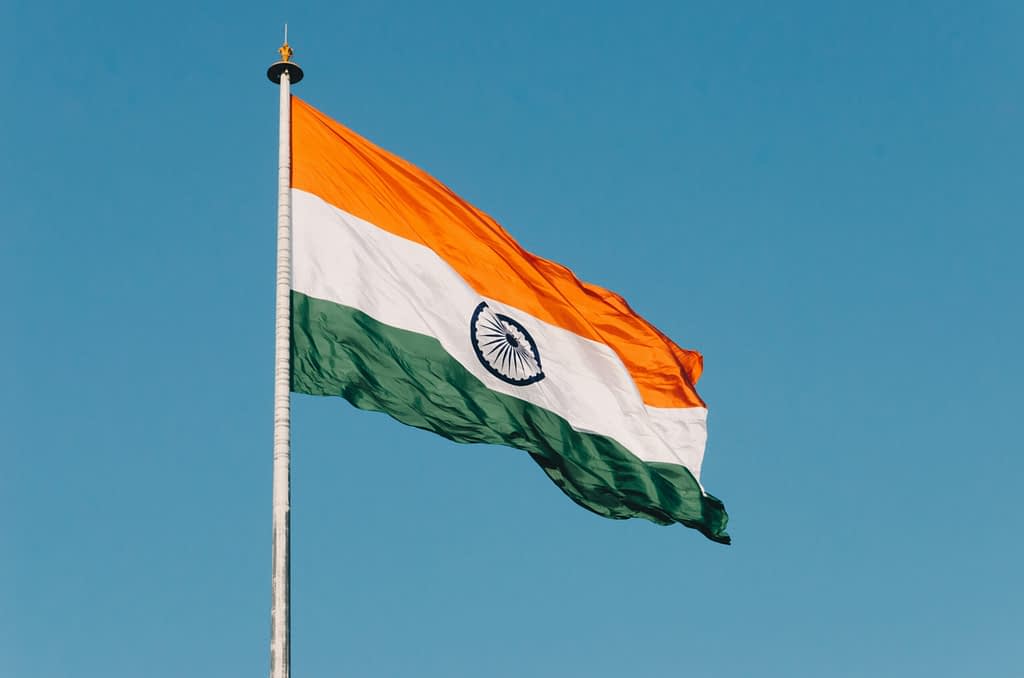Donald Trump struck the world’s second-most populous nation with record 25% tariffs plus an additional “penalty” for trade relations with Russia. Can India afford to ignore Washington’s ultimatum when its imports from the US total just $87.4 billion annually? While Japan, the EU, and South Korea capitulated to Trump and accepted deals with 15% tariffs, India became the first country to face secondary tariffs for ties to Moscow.
Minister Goyal: No Capitulation to Trump’s Ultimatums
The Indian government decided not to rush into a deal despite Washington’s ultimatum. Trade Minister Piyush Goyal clearly signaled that the country will not act based on ultimatums and expects to reach an agreement by October-November 2025 that respects Indian national interests.
The key reason for resistance is protecting the agricultural sector, which represents a significant voter base. India refuses greater access for American agricultural products to its market, especially genetically modified foods and dairy products. In a recent trade agreement with the United Kingdom, it managed to protect its most sensitive agricultural sectors from tariff concessions.
Trump’s Putin Ultimatum Triggers Secondary Sanctions on India
Trump sharply criticized Indian trade barriers and labeled them the “highest in the world.” He emphasized that India purchases most of its military equipment from Russia and is the largest buyer of Russian energy alongside China during the war in Ukraine.
Specific factors influencing the decision:
- India purchases approximately 35% of its oil from Russia
- Makes it the second-largest buyer of Russian fossil fuels after China
- Trump’s ultimatum to Putin about a ceasefire by August 8 with threats of secondary sanctions on energy transactions
- Indian membership in BRICS as “anti-American policy”
India as China’s Replacement: Why Trump Doesn’t Want Complete Estrangement
Despite harsh tariffs, Trump has little interest in completely alienating India, which he views as a strong partner capable of shaping the Indo-Pacific region. India represents a potential alternative to China in global manufacturing as part of the “China plus one” strategy focused on supply chain diversification.
The US could control higher parts of the production chain requiring advanced technologies and skilled labor, while India would complement them with cheaper labor. Analysts expect India to remain a beneficiary of this strategy because diversification is the main driver of this trend. This geopolitical reality explains why Trump chooses a middle path between harsh pressure and complete severance of relations.
EU and UK Deals as Insurance Against American Pressure
India’s strategy of cooperation with multiple partners includes diversifying trade relations with other countries. Besides the recent trade agreement with the United Kingdom, India is conducting advanced negotiations on trade deals with the Maldives, EU, and other countries, while maintaining strong ties with the US as its largest global trading partner.
This diversification provides India leverage in negotiations and in managing global economic shocks. Former Indian trade official Ajay Srivastava assesses that even when facing American tariffs plus penalties, India is not “significantly worse off” than countries that signed agreements at the cost of extensive concessions.
What August 1st Deadline Brings for US-India Relations
Deputy National Economic Council Director Kevin Hassett stated that high tariffs could cause Indian companies to relocate production to the US and India to open its markets more to American products. Trump’s ability to secure commitments regarding market access for American manufacturers became a key focus when evaluating proposals before the August 1st deadline.
Trump’s approach reflects clear awareness of pressure on trading partners who want to maintain access to the world’s largest consumer market. However, India demonstrated that it did not walk away from negotiations but negotiated in good faith and refused to cross its red lines, representing success in preventing a one-sided agreement.
Trade Conflict Burdens Global Markets and Investment Sentiment
The escalation of the US-India trade dispute is also reflected in global financial markets. The Federal Reserve kept interest rates unchanged in a 9:2 decision, with Chairman Jerome Powell stating that the Fed still needs to see the impact of tariffs on inflation.
American stocks were weighed down by the Fed’s decision, while Asia-Pacific markets mostly declined. Meanwhile, Meta Platforms and Microsoft exceeded earnings expectations with year-over-year revenue growth of 22% and 18%, showing different impacts of trade conflicts on individual sectors.
Investment participants are aggressively borrowing money to purchase stocks at a pace last observed during market bubbles, signaling market euphoria according to Deutsche Bank. This behavior may indicate that markets do not yet account for the long-term impact of trade sanctions on the global economy.




